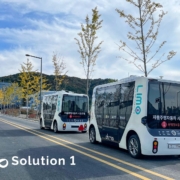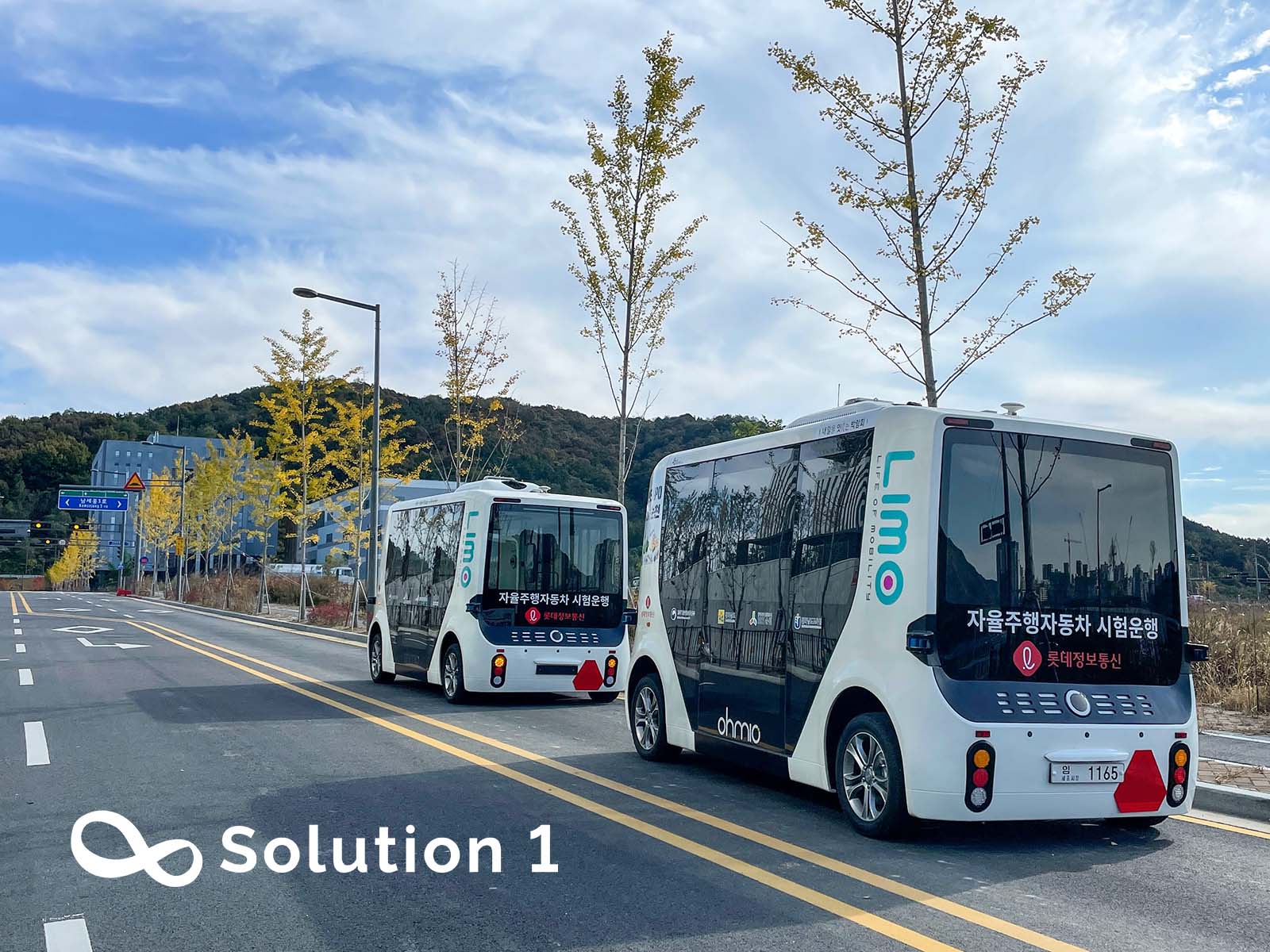Autonomous vehicles are indeed the future of the automotive market.
- Automated vehicles have attracted lots of attention in the last decade.
The most significant contributor to road accidents and fatalities is human error. A transport system relying less on a human being, such as an Autonomous vehicle, can help humans save time and reduce human-related road accidents.
“According to the Global Status Report published by the World Health Organization, the reported number of annual road traffic deaths reached 1.35 million in 2018, making it the world’s eighth leading cause of unnatural death among people of all ages.” This is one of the reasons why global investors have invested significantly to support the development of autonomous vehicles.
The idea of autonomous vehicles has proposed almost a century ago and was not resolved until the 1980s when it could be realistically implemented. The structure of an autonomous vehicle varies among carmakers and models. However, they all possess a control unit that functions like a brain.
Autonomous vehicles are the next big mobility-related disruptive innovation and are expected to enter the mass market in the coming decades. There are several automotive and technology companies have already demonstrated the practicability of autonomous driving through well-engineered prototypes and pilots. Such as, in 2018, Waymo’s test fleet logged over five million miles driving in autonomous mode on public roads.
Integrating intelligent automation technology into vehicles has several benefits. On an individual level, fully automated driving can be used as desired when on the road, for example, for eating, sleeping, watching TV, or working. In addition, it is expected that autonomous vehicles will help to reduce the level of carbon emissions, and hence contribute to carbon emissions reduction targets.
- Emerging technology like Shared autonomous vehicles has a disruptive effect on urban mobility.
60 percent of the world population will live in urban areas in 2030.One of the pressing issues in most urban areas is mobility problems that have deteriorated the quality of life.
Autonomous vehicles are an emerging and disruptive technology that has the potential to change mobility, and thus the form and function of cities. As the automated industry advances, sharing rides through autonomous vehicles appears to be the most promising opportunity to alter the conventional transportation system. On-demand autonomous vehicles linked with an existing car-sharing service through the application exemplify this new technology.
“According to Research and Markets, The global autonomous vehicles market demand is expected to reach 3,195.5 thousand units by 2030. The market is projected to expand at a CAGR of 53.6% from 2022 to 2030.”
Autonomous vehicle technology can accelerate the growth of shared mobility services and shared mobility services can make the deployment of autonomous vehicles financially viable. The concepts of automation and car-sharing are not new. The first known attempt at autonomous vehicles originates back in 1925, in the form of a radio-controlled driverless car by a firm named Houdina Radio Control.
Shared use of a vehicle for performing a trip is termed shared mobility. Shared mobility services can enable cost savings, provide convenience, and reduce vehicle usage, vehicle ownership, and vehicle kilometers traveled. It is only within the specific context of sharing that the benefits of autonomous vehicles can unfold their full potential to tackle major mobility issues.
A combination of cars-haring and autonomous vehicles, become shared autonomous vehicles, reduce through a shift from privately owned vehicles to shared vehicles overall vehicle usage and thus generate environmental benefits. In addition, shared autonomous vehicles are accessible for a broad customer group, including non-drivers or people with disabilities and thus creating social benefits.







